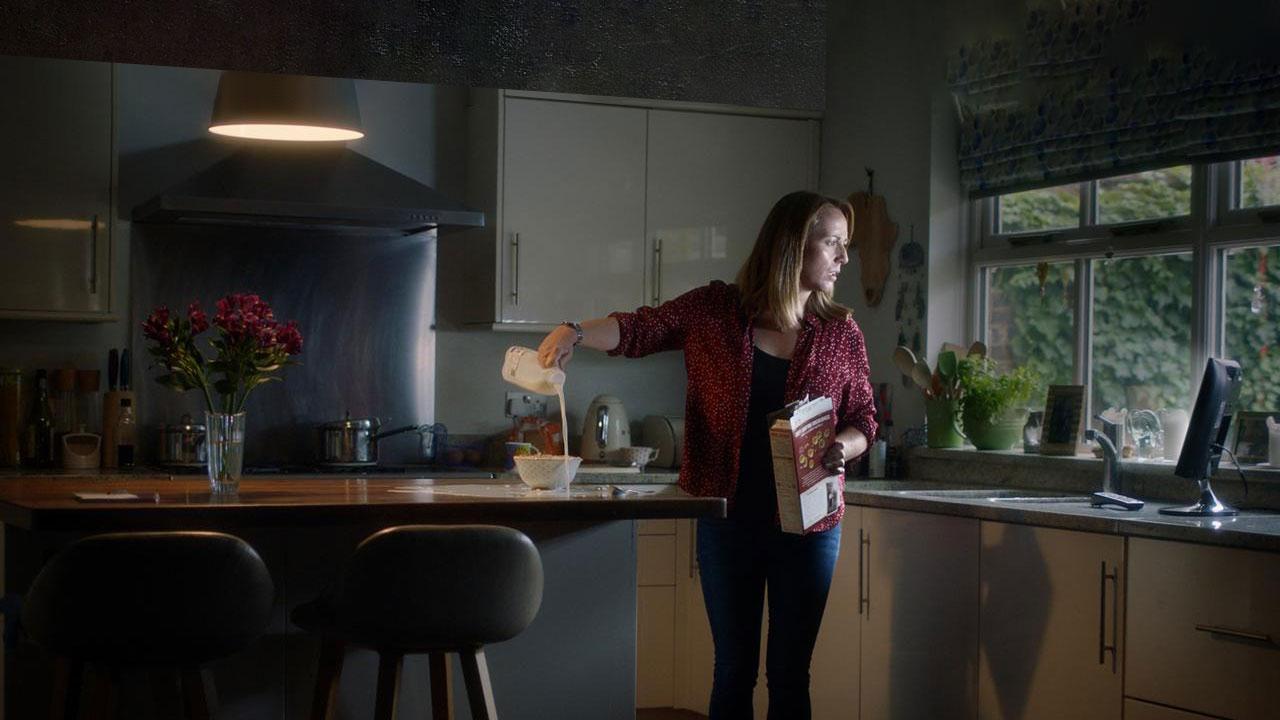Length of ads
The standard length of a TV ad is 30 seconds long. However, ads can also be 10, 20, 40, 50, 60 seconds or longer. As most ad breaks are either 2½, 3 or 3½ minutes long, your ad must be a multiple of 10 to fit the break. It is possible to run a 5 second ad but you would need to have two in each break. Similarly, if you had a 2 second ad (a blipvert), you would need 5 in each break.
How long your ad should be will depend on:
- How long is needed to tell the story
- How complicated the message is that you want to convey
- How familiar viewers are with your brand already
- Your budget
It is quite common for a brand to start with a longer time length, and once viewers have become familiar with the ad, the brand and its story, they revert to a shorter version of the same ad.
Buying airtime
As an advertiser, it is quite possible to buy airtime directly from the broadcaster. If you want to go this route, here are the people you need to speak to.
However, it is more common for advertisers to employ media agencies to plan and buy their campaigns. This saves time for the advertiser and utilises the expertise and experience of media agency planners and buyers. You can find out more about choosing an agency partner here.
Cost of TV spots
TV airtime is sold on a cost per thousand (CPT) basis – ie. the cost of buying 1,000 impacts (note – not the same as reaching 1,000 individuals). You can find out more about calculating CPTs here.
TV spots are priced according to how many people watch the programme your ad is in. Viewing of programmes and ads is measured by Barb. You can find out more about Barb here.
Position in break
The premium positions in the break (PIBs) are first, second and last. This is due to the proximity of the ad to the content. Across a standard campaign, your ad should receive the average number of PIBs according to how they are delivered naturally. It is possible to negotiate a higher than average number of PIBs but will most likely result in a price increase.
Approval of your ad
One of the many reasons TV advertising is so trusted is because of the extremely high standards to which it is upheld. Before any TV ad makes it to our screens it has to be independently checked and verified to ensure that the messaging within it is not misleading, harmful or offensive. This process is completed by a company called Clearcast who check all TV adverts against the UK Codes of Advertising (the BCAP and CAP Codes), which set out what is and isn’t permitted. No advert is allowed to run on TV in the UK without being Clearcast-certificated. It is therefore important that this process is factored into your production timeline. You can find out more about what this involves here.
 Thinkbox
Thinkbox
